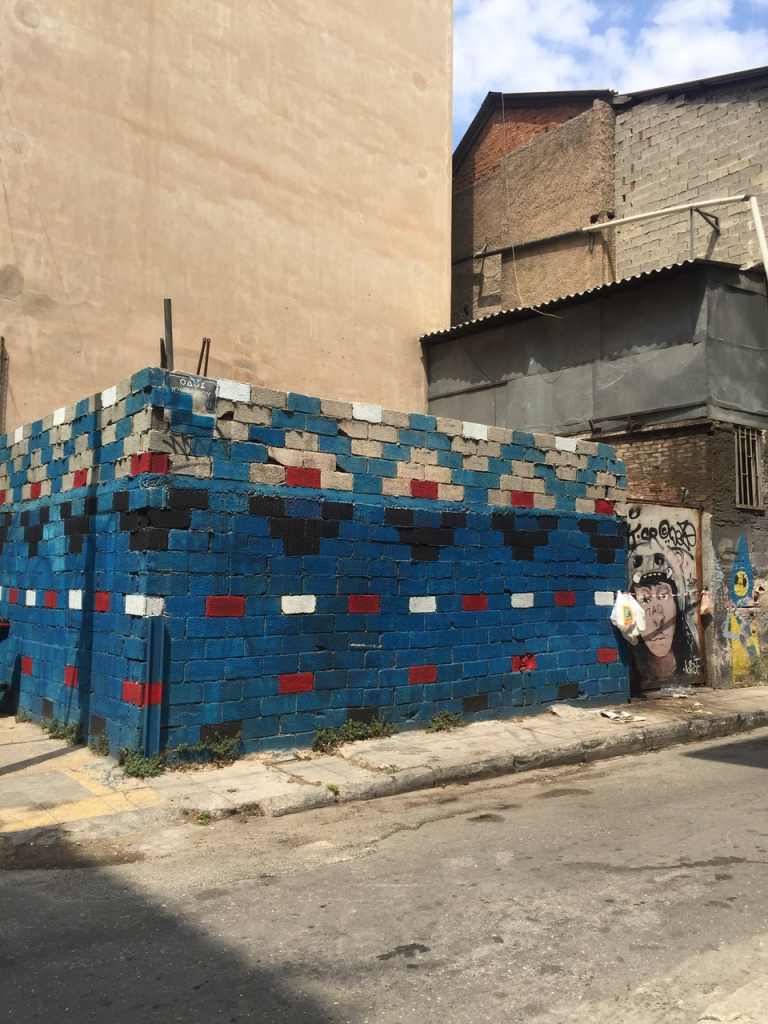What happens in the arts is part of the social system within which we work. None of its elements or the function of these elements can be regarded as isolated. - Hans Haacke
2020 changed everything for us (those of us who lived so far). Before art spaces were closed, and performative art practice was prohibited by anti-pandemic measures, the contemporary visual arts were increasingly turning (back), to the body as the crucial art-making medium, and by extension, to social practice. During the ‘Plague Year’ aka 2020, processes of commoning, and building community, and togetherness within art spaces and art schools were abruptly frozen.[1] These practices were considered important for notions such as care, healing, de-growth and unlearning. Contemporary art methodology quickly (re-)established social practice as a major force but was suddenly stopped by a „baby elephant“ – Austria’s remarkably symbolic campaign for social distancing.
While most institutions and practitioners (still) find themselves between a rock and a hard place, some are re-discovered or gifted a new modus operandi. While certain forms of artistic expression are simply impossible to exercise, or are even prohibited, virtual formats are largely growing: museums offer digital tours, we join virtual stages and discursive programs.
From the consumer’s (and audience’s) perspective, it is partly easy to adapt despite the technological age-ism of this virtual turn. For some art makers it is, however, a bitter limitation of artistic freedom. How can ‘home office’ for artists work if you are not Bob Ross? Which forms of artistic practice are hindered or, on the contrary, supported by isolation and quarantine? How does this „access to alterity“, as Catherine Malabou puts it, affect artistic production and productivity?[2]
In this seminar we will look into aspects of this new reality and its effects on art production. We will closely examine the work of various specific artists in order to analyze how their focus sharpened or changed during the pandemic. We will study a number of artworks that are reactions to the situation and discuss their genesis. In a thematically related excursion we will look at production models through a socio-economic lens and zoom out on the broader „art world“ in order to better understand the economic coordinates for contemporary art production. Both, the practical and content-related matters of production of work in pandemic times are to be considered to gain better understanding of artistic expression in the twenty-first century.
[1] This is an implicit reference to the famous fictional report by Daniel Defoe about the British Plague that took place during the seventeenth-century. See, Daniel Defoe, A Journal of the Plague Year, Written by a Citizen Who Continued All the While in London, 1722, available here for free: http://www.gutenberg.org/ebooks/376
[2] Catherine Malabou, To Quarantine from Quarantine: Rousseau, Robinson Crusoe, and “I”, in: The University of Chicago Press Jounals, Critical Inquiry, Vol. 47, Number S2, 23 March 2020, https://www.journals.uchicago.edu/doi/full/10.1086/711426#
